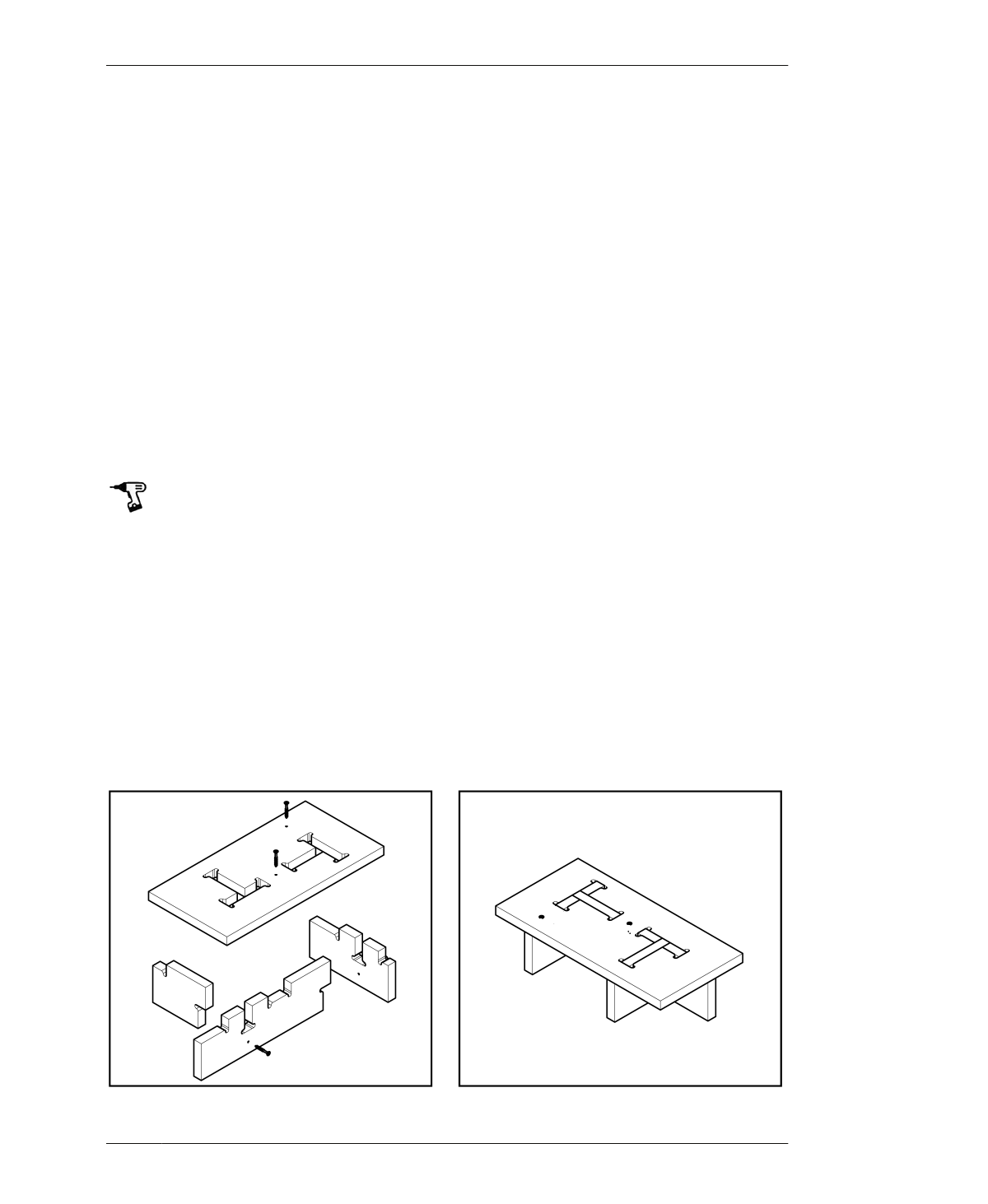
PARTIAL PROTOTYPING: USING A TEST PIECE
details situated within larger parts. Like the
Rotational Stools, cutting the inside toolpaths
prior to cutting out the outside profiles ensures
that the slots maintain their proper alignment
within the part. If you cut the tabletop first, you
run the risk of the part vibrating out of position.
Even the slightest shift in position will lead to
misaligned slots that get cut during a later
pass. The proper sequence ensures that slots
and holes are properly aligned within every
table part.
11: Run and analyze the toolpath simulation.
12: Save the test piece toolpath operations for
output and proceed with cutting the parts.
Since the objective of the test piece is to
match your CAD file to your actual material,
be sure to cut your test piece from the same
material sheet that you’ll be using for the Cat
in Bag ii.
EVALUATE YOUR TEST PIECE
After cutting your test piece, it’s time to evalu-
ate the fit. To analyze your test piece joinery,
repeat the same basic process that you used to
evalute the Rotational Stools in “Cut and Evalu-
ate Fit” on page 201.
13: Remove all test piece parts from the cut
sheet.
14: Put the test piece together.
15: Confirm that through connection fits with a
slight amount of resistance.
16: Check that end-to-face connection is flush.
17: If parts don’t fit correctly, consult “Trouble-
shooting” on page 202.
18: Test hardware or dowels with fastener holes
(optional, if you’re using fasteners).
PROTOTYPING FINISHES
Use your test piece to test the finish and also to
evaluate the fit with the finish.
19: Apply finishes according to the manufactur-
er’s instructions.
20: Once the finish has dried, assemble the
test piece.
FIGURE 9-5
Completed test piece
with optional fasteners
09/CAT IN BAG II TABLE
215
